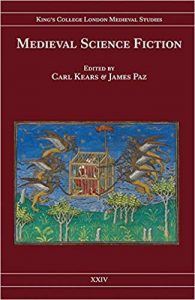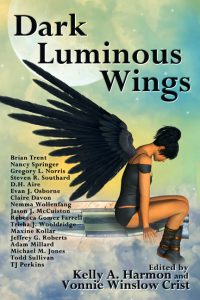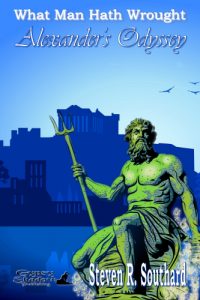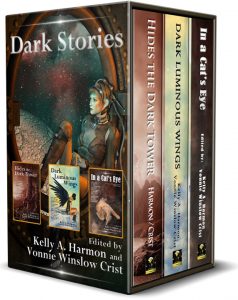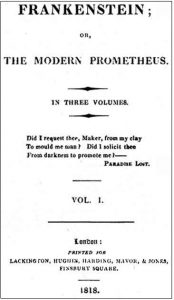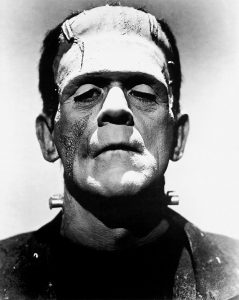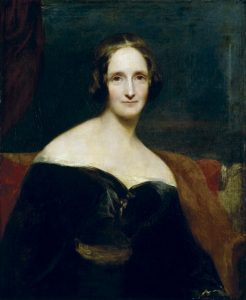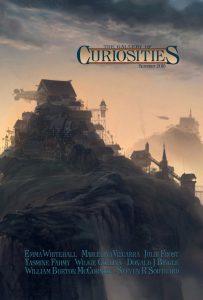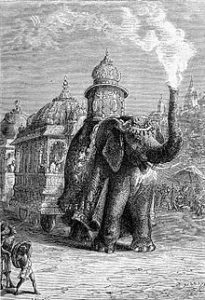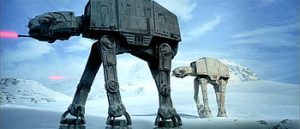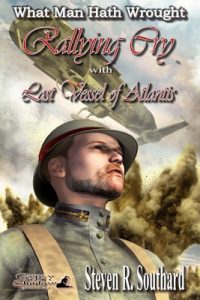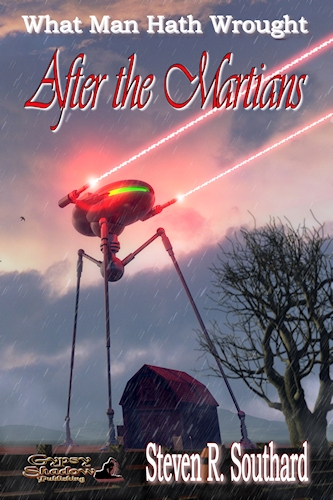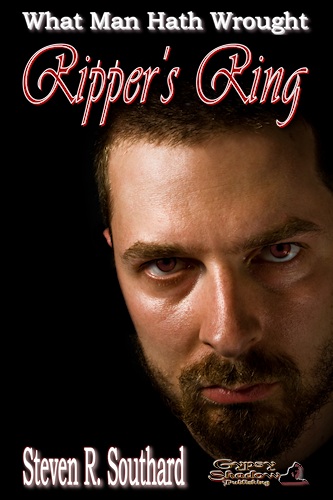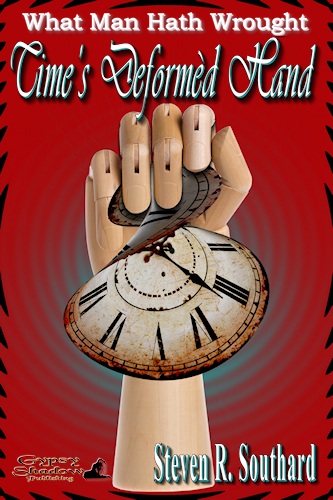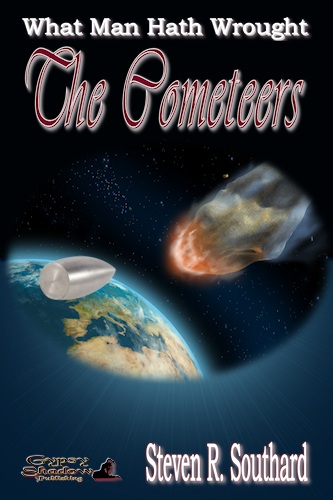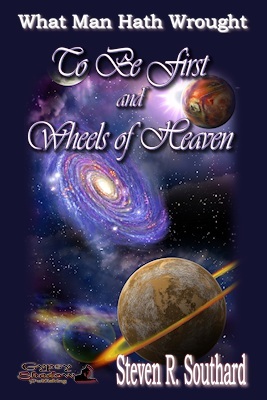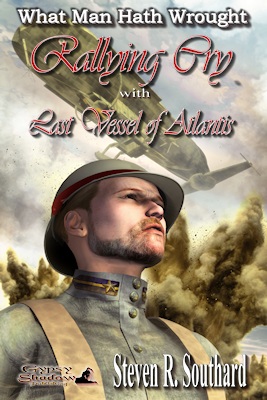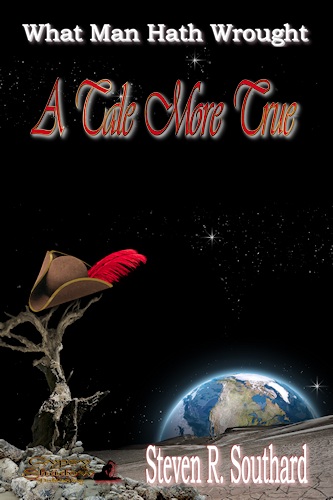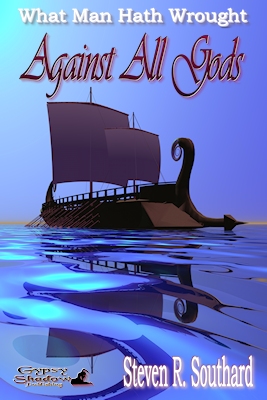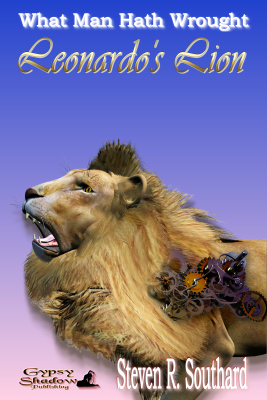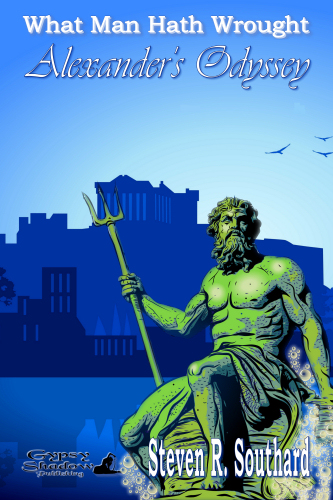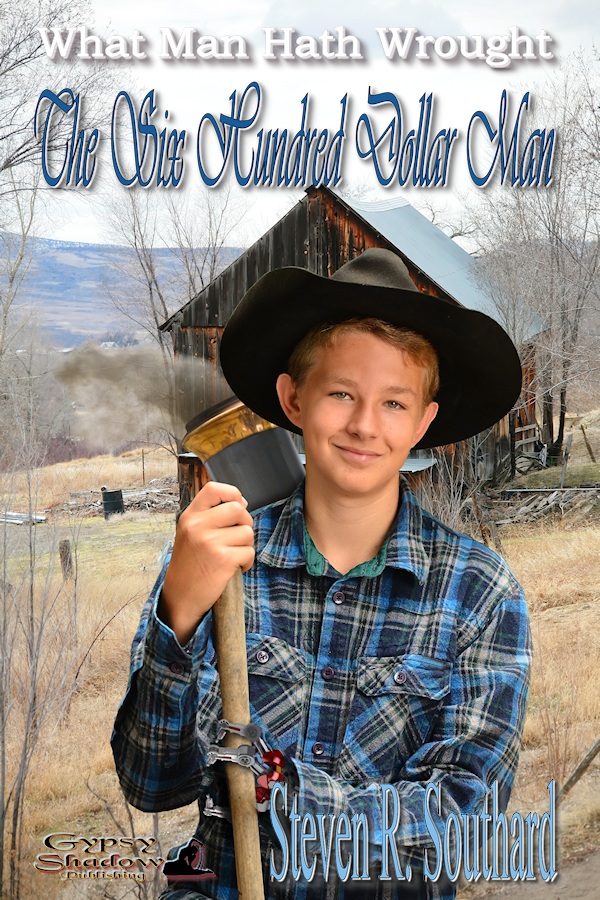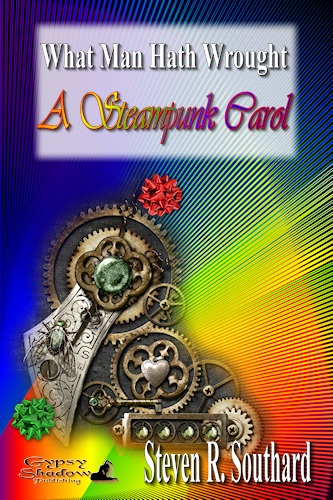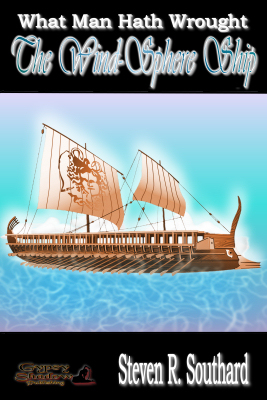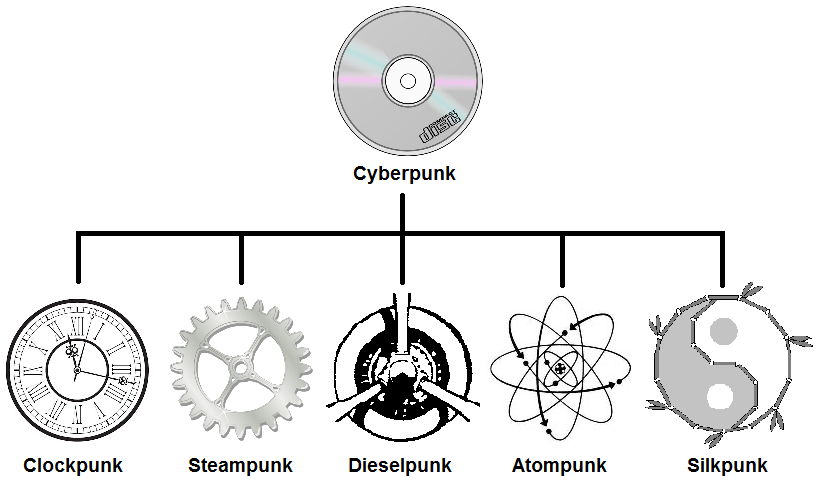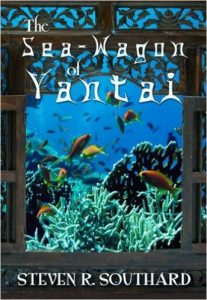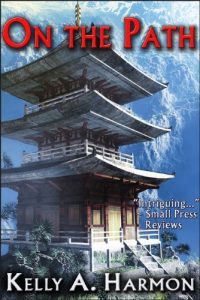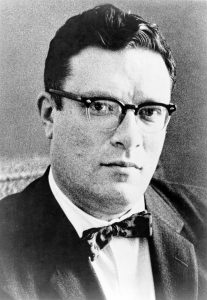Edgar Allan Poe could be just as creative with character names as Charles Dickens, or Dr. Seuss, for that matter. I’ll tell you about Poe’s story first, and then introduce Von Underduk.
Among Poe’s least remembered short stories is “The Unparalleled Adventure of One Hans Pfaall.” Hmm…Pfaall. Would that be pronounced ‘fail’ or ‘fall?’ Both would be apt, and Poe probably intended the ambiguity.
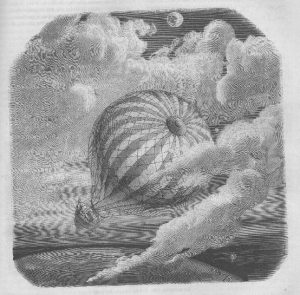
In Poe’s story, the citizens of Rotterdam were alarmed when a peculiar balloon appeared above the city. How peculiar? Its gasbag was made from newspapers, and its lone occupant was an earless dwarf. This odd aeronaut remained silent, but dropped a sealed letter before his balloon drifted from sight.
The anxious citizens read the letter, written by Hans Pfaall, a repairer of fireplace bellows and former resident of Rotterdam, who hadn’t been seen for five years. Pfaall’s letter described how he’d constructed a balloon and voyaged to the Moon.
Near the end of his letter, Pfaall mentioned he had much to say about the strange inhabitants of the Moon, about an odd connection between Lunarians and Earthlings, and some “dark and hideous mysteries” which lay on the Moon’s far side. There his letter, and Poe’s story, ended.
Poe intended to write further installments of this story, but never did, since another author upstaged him with an outlandish Moon hoax story. Still, the questions posed by Hans Pfaall’s letter have gone unanswered since 1835…
Until now.
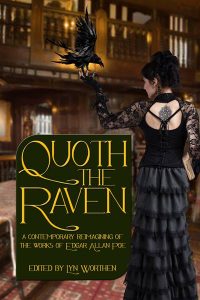 My sequel to Poe’s story is “The Unparalleled Attempt to Rescue One Hans Pfaall” and it appears in the anthology Quoth the Raven, which just launched today, exactly 169 years after the day of Poe’s death.
My sequel to Poe’s story is “The Unparalleled Attempt to Rescue One Hans Pfaall” and it appears in the anthology Quoth the Raven, which just launched today, exactly 169 years after the day of Poe’s death.
The good people of Rotterdam wouldn’t let Hans Pfaall remain trapped on the Moon. They’d organize a rescue, of course. They have everything they need. They have determination and grit. They have Pfaall’s letter with its detailed description of his balloon.
But most of all, they have Mynheer Superbus Von Underduk, the Burgomaster (mayor) of Rotterdam. Though a politician, Von Underduk is a man of many fine qualities:
- He’s decisive and bold. Von Underduk takes little more than a month to consider the matter and authorize the rescue expedition.
- He’s trusting and empowering. “Herr Pfaall, do not touch anything else unless I agree first. Understand?”
- He humbly shares the spotlight. That miserable bellows repairman is not the only one capable of magnificent acts of lasting greatness…This time I alone will get the credit and the glory.
- Most of all, he’s loving and tender. It should be understood that I, however, loathe him with hatred beyond all cosmic boundaries.
Now you can follow the journey of Burgomaster Mynheer Superbus Von Underduk and his fellow 19th Century astronauts as they pursue their desperate mission of rescue. Discover answers to the dark and hideous mysteries mentioned by Poe.
Buy Quoth the Raven and read “The Unparalleled Attempt to Rescue One Hans Pfaall” written by—
Poseidon’s Scribe

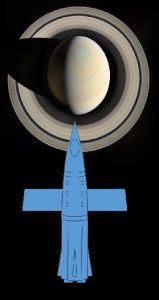 The old stereotype was that male authors wrote hard science fiction, plot-driven stories that were true to science; and female authors wrote soft science fiction, character-driven stories that verged into magic and fantasy without a firm backing in scientific principles. Moreover, some considered the former true science fiction and the latter not SciFi at all.
The old stereotype was that male authors wrote hard science fiction, plot-driven stories that were true to science; and female authors wrote soft science fiction, character-driven stories that verged into magic and fantasy without a firm backing in scientific principles. Moreover, some considered the former true science fiction and the latter not SciFi at all.